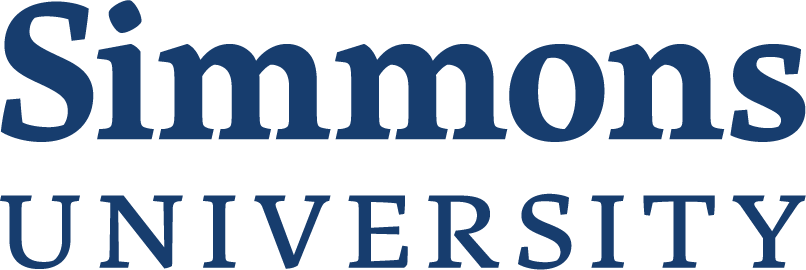The Practicum Binder
Posted September 28, 2012 by Maya Bery
If you’ve ever known an SLTP candidate, you’ll know that these two words have a special power over us. The practicum binder represents the culmination of all the hours of work we put in at our practicum experiences – the rich experiences we have are condensed down into two, massive, three-ring binders filled with papers. Yet, it’s also really satisfying to see this tangible evidence of all you’ve worked to achieve.
The practicum binder serves as the official documentation of the evidence submitted to the state by Simmons when we graduate, since our diplomas become our initial licenses. This way, if the state ever wants to audit the program, we will have the evidence to support what we said we did during our student teaching hours.
The binder is a mammoth undertaking, one that must be completed over the course of the semester, within the 100 hours we are meant to work (most candidates work more, but 100 is the official minimum requirement). It breaks down into four major components (apart from a summary experience reflection and official paperwork): the practicum log, the major and minor projects, lesson plans, and artifacts.
The practicum log is the written, daily record of everything we have done. The state issues 25 individual standards that must be met, which encompass everything from running and managing a library program to promoting American civic culture, communicating with parents, planning lessons, assessing students, and more. For each of these standards, we must demonstrate at least three unique pieces of evidence (so at a minimum, we’re talking 75 entries in the log), which can be fulfilled by direct experience, conversations, or even independent reading/research. It sounds like a lot, and it is, but the good news is that much of what we do winds up fulfilling more than one standard, which helps. At the end of the semester, we choose the three best pieces of evidence from each standard and submit it to the state.
Next come the projects. For those doing a practicum (as a student teacher instead of those who are already school librarians), we must do a major project, which is a self-designed and taught unit of at least three lessons, plus a reflection. Then we must do three minor projects, in the areas of technology, diversity, and administration. Each project produces work, and we must reflect upon the project as a whole when we are done.
Related to the major project are the lesson plans – you’ve already read that we must write at least three for the unit, but in total, we must teach at least six unique, individually written lessons. Most students will wind up creating many more than six lessons, but only six need to be submitted with reflections.
Finally, there are artifacts. These demonstrate products you have collected or actually created that meet the different standards, as well as five mandatory required artifacts. The required artifacts represent a change this year, and are a sign of Simmons’ commitment to ensuring that the SLTP candidates get a well-rounded pre-professional experience. We must submit a video of ourselves teaching, along with a reflection, observe three classroom teachers at work, produce two pieces of student assessment, and more. Another great addition is the required focus on an area of professional development, complete with reflection and annotated bibliography.
The binder is a lot of work, and it can be quite stressful, but somehow, it all comes together at the end. It’s a whirlwind experience, but a great one.
